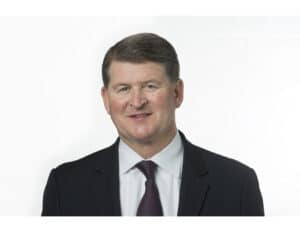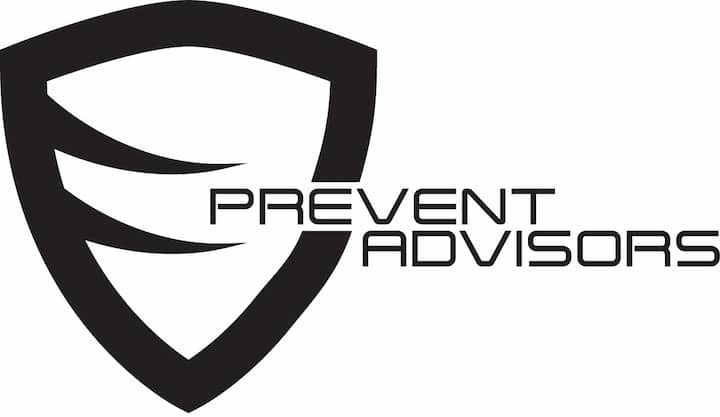RED TEAM: Prevent Advisors Red Team Assessment Services has been in operation about five years.
SAFETY Act Designation Goes to OVG360’s Red Team Assessment Services
OVG360’s Prevent Advisors today attained SAFETY Act designation from the U.S. Department of Homeland Security.
Specifically, the designation goes to Prevent Advisors’ Red Team Assessment Services, which helps facilities within and outside of the Oak View Group umbrella to evaluate and, if necessary, tighten various aspects of facility security.
The SAFETY Act designation has been given to individual buildings, teams, leagues and technologies. It works by limiting liability in the event of a terrorist attack provided certain precautions and hardening methods are undertaken. This is the first time a red team assessment service has received the designation.
Prevent Advisors’ Red Team Assessment Services systematically evaluates a venue’s physical security measures assisting client stadiums, arenas and convention centers to enhance overall security apparatus by, among other things, creating, implementing and adjusting ongoing security policies and procedures.
Prevent Advisors clients include professional sports leagues and teams, sports and live music entertainment venues and festivals and corporate campuses.
OVG360 is Oak View Group’s third-party venue management, venue services and hospitality division. Oak View Group is the parent company of VenuesNow.
VenuesNow spoke with Mike Downing, Prevent Advisors’ chief security advisor and former Los Angeles Police Department deputy chief in charge of counterterrorism, about the significance of the designation and what it took to get it.

Mike Downing (Courtesy Prevent Advisors)
VENUESNOW: Why is it significant that Prevent Advisors Red Team Assessment Services has received this designation?
MIKE DOWNING: It was a three-year process to get this from DHS. They really scrutinized our application, more than 1,000 pages. It gave us a designation that no other company in the U.S. has for this type of service, which is looked at as a service technology, actually. It gives credibility and legitimacy to our process, and it also probably gives everyone confidence that the security apparatus is in place, strong and being tested to validate what’s being done.
How long has Prevent Advisors been doing red team assessments? Did you guys start them?
We’ve been doing them a little over five years. Prevent Advisors vice presidents Scott Anderson and J.T. Klingenmeier were the first people that developed them and then they’ve been refined over many years. That’s one of the values that we have, continuous improvement, so we’re always refining the trade craft, the approach that we use, the report writing, the technology. We’ll continue to look for improvement areas and integrate better technologies into the system, but we’re proud of what we do and we think helps create a prevention culture where it’s not an “I got you!” kind of thing but a, “Hey, there are some vulnerabilities and whether it be leadership or training or policies and procedures, we’ll help you to correct those and create prevention strategies so that opportunists can’t take advantage by defeating security systems.”
Without revealing secrets, give me an idea of how it works, how you conduct assessments?
We don’t want to reveal our tradecraft, obviously. That’s something we protect, but with our clients we agree on the policies and procedures they believe they have in place and then we test those as it relates to security measures. How is their screening, their access to critical infrastructure, how does their credentialing look, is back of house and front of house adhering to the same policies that they said they were going to, are there training and leadership needs in this area? We’ve always said the greatest adversary is not a terrorist group or organized crime ring or opportunist, it’s complacency.
In my mind, it’s about testing the ability to sneak weapons in, but it sounds like it goes much deeper.
Bringing in prohibited items is just one small aspect of what we do. More broadly, it’s to give a general manager or an ownership group a sense of where they sit relative to security and preparedness. This verifies that and we do it over time to show if there’s improvement or slippage. There’s an old saying, “He who protects everything protects nothing.” We want to make sure the most important things are protected and that the ownership and management and talent and staff and the patrons feel that this is a secure venue. And we validate that.
What’s it like navigating sensitivity you might encounter on the part of a client or are they uniformly open to hearing the unvarnished truth?
It’s different for every client we have. Many times, they’re surprised people could enter a venue without a ticket or go through a back door or get down to some playing arena or field or get into a production facility people thought was completely secure. There are some surprises. Management and staff know they are being tested, so there’s an expectation on their part that they have to be professional about it because they want to create a prevention culture. But, again, what we do believe to the bone is that this is a learning program, not a gotcha program; that we all go in as students and we can always improve. If we find deficiencies or vulnerabilities, we address those through training, the drafting of additional policies and procedures and always, leadership.







